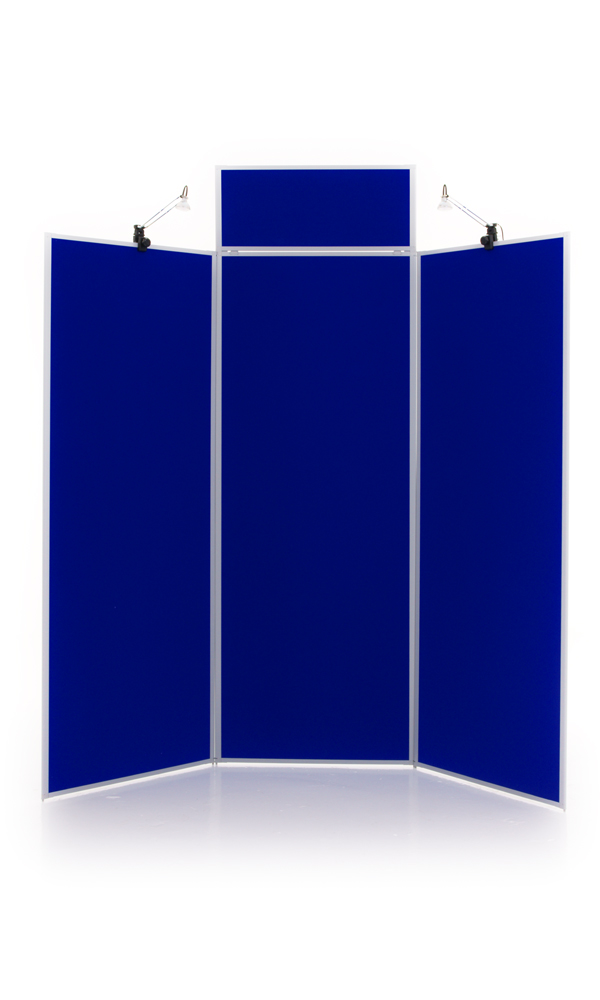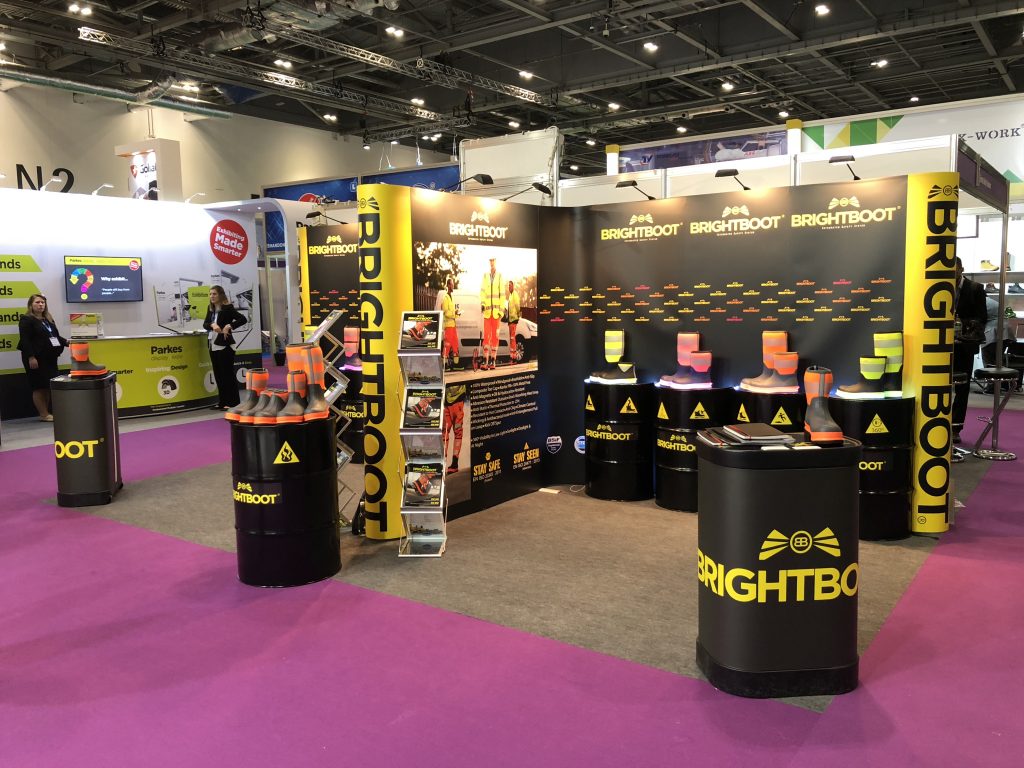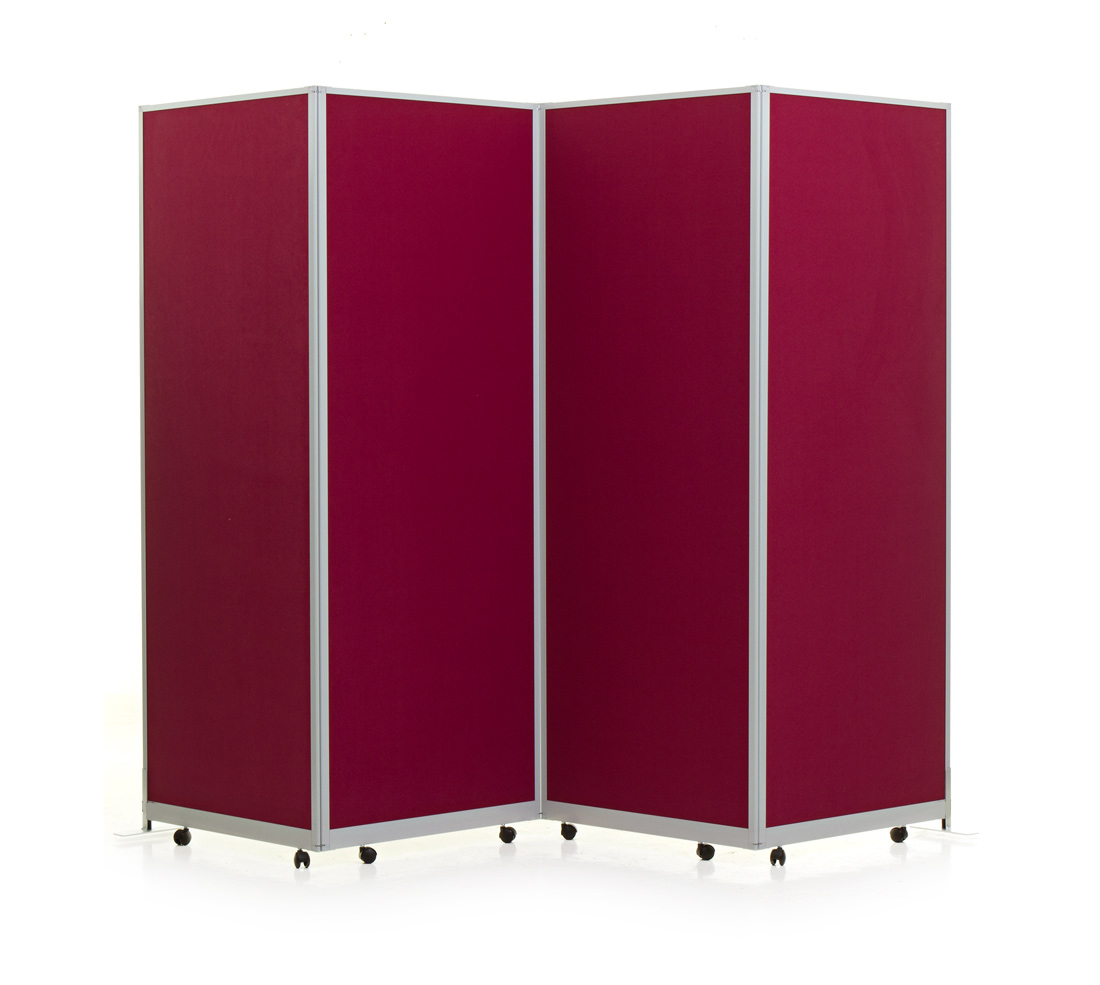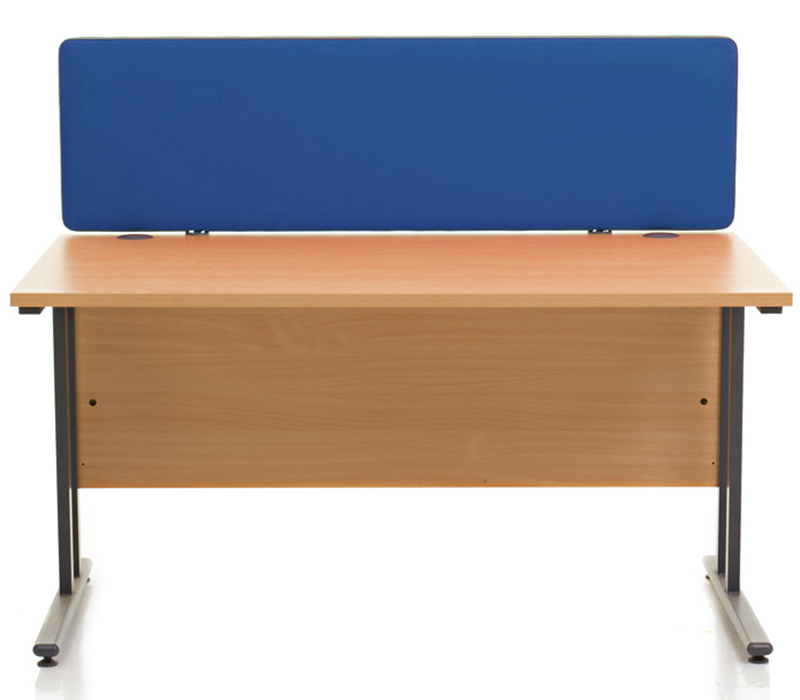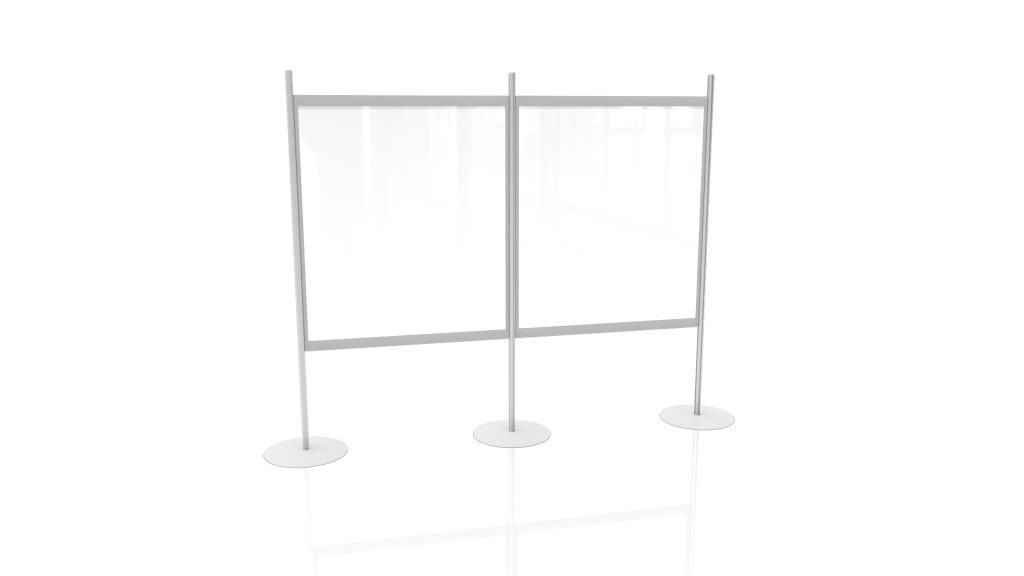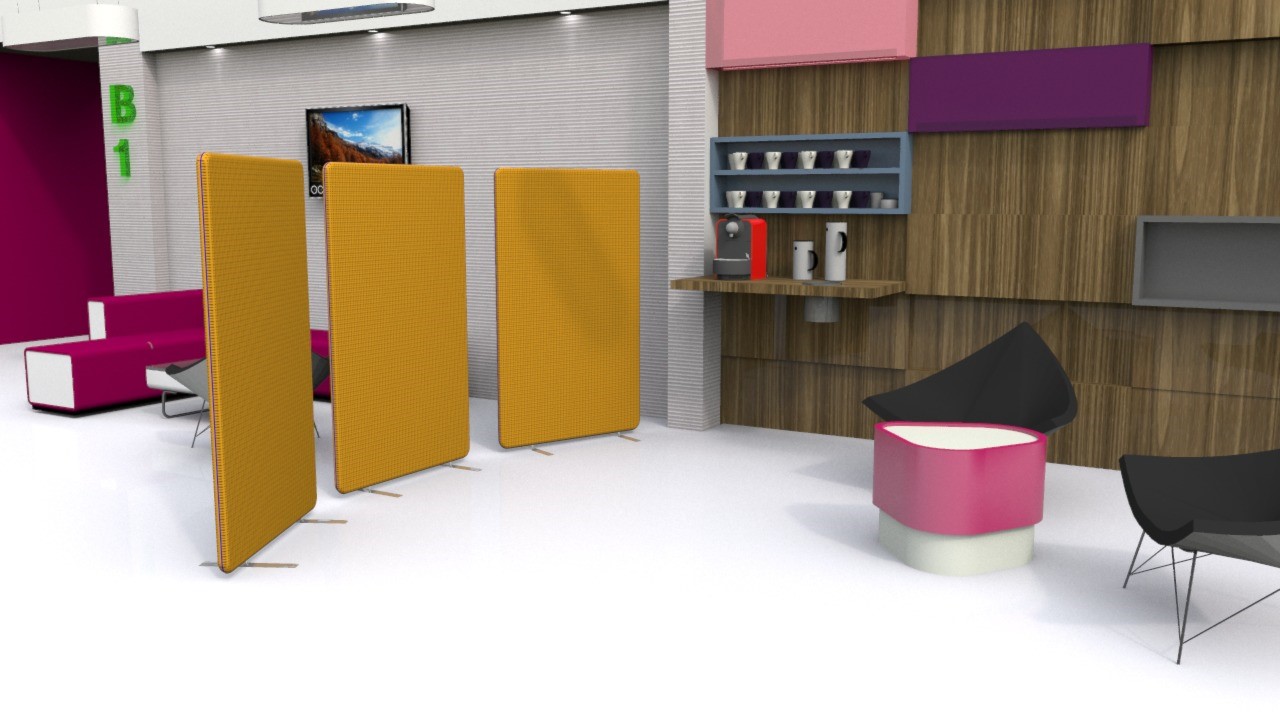Display Boards Are Versatile, So They Can Be Used Anywhere
When it comes to creating displays, some of us are more creative than others, let’s be honest. If you have ever been to a craft fayre or an exhibition, there are often beautiful displays that leave us wondering; “how could I make one like that?”. Fortunately, it does not have to be that tricky and in fact, with some time and attention, we can all create majestic exhibition displays which we can be proud of. There is nothing fancy involved, just some simple guidance on how to clean up the content and bring your most important pieces to the centre of attention.
Rather than fiddling around on the day, do all of the design work before-hand, experiment with the positioning of your content and the most important thing to remember are different perspectives. When your display is set up, chances are visitors will not be stood right in front of it like you are, so consider where they will be approaching from and whether your design caters for that. The designs that really do well and stick in the memory are those which really stand out and this is where a great design is crucial.
High Quality Graphics
Regardless of what your content is or where you are exhibiting, chances are you will be using some form of graphics. Whether it is artwork, text or an image, there is one simple rule to keep in mind. Ensure it is a high resolution image! Any professional designer will tell you that their pet peeve is graphics which have essentially been pulled off of the internet and look terrible as soon as they are printed. This is especially important if you are printing your own work and use a low resolution as you will never be able to do it justice.
Nothing in your design is going to come across as cheap and as haphazardly made as images and text which are pixelated. These need to be clean, crisp and even printed properly to help them to stand out. Look for high quality paper and use a proper printer (no, not an inkjet!). If you do not have this kind of image to hand, then I would suggest either finding one, or getting some professionally made. At the end of the day, this will be the core of the display so it needs to set an example.
Positioning of Content is Crucial
There is a lot of theory that runs behind great designs and unsurprisingly professional designers are not just pulling it out of thin air. Any design you see, whether it is an advertisement, glossy magazine or a fellow exhibitor’s display, is supported by a few key theories as to how content can stand out more. One of these which you will want to consider is how to direct the viewer’s eye through your design. We never notice it when we are doing it, but there are small details in designs whose main purpose is to tell us where to look.
The simple explanation behind this is to emphasise the elements which you want to feature prominently. If there is a piece of content which you want to highlight, then make it bigger than the rest. If you want to draw their attention to a piece of text, then change the font and adjust the size slightly. To your viewer’s brain, these are cues which are telling them to look there and then take a look over there. You may only have a few seconds to really engage someone’s attention, so put your best piece at the forefront to entice them to engage with the rest of the display.
Comic Sans Looks Awful, Really.
Text will feature in your display at some point, which means you have the unenviable task of picking out a font. There are thousands and thousands out there to choose from, so there is a lot of potential to find something unique. However, going back to what we discussed at the beginning, consider the perspective of your viewer. If you have opted for a radical font for your three paragraphs of content, who is even going to bother trying to read it? While a font may look exciting, remember that people will actually want to read it. In this scenario, keep the more interesting fonts for titles and headers to grab their attention and then use a slick serif font which is effortless to read for larger pieces of text.
Less is More, More is Less
If you have ever been told to keep it simple, then the precedent is the same here. When you look at great designs, are they packed with information, crammed from corner to corner with text, diagrams and images? Hopefully, the answer is no. While people are willing to read through a huge amount of content when they are interested, there is nothing quite as off-putting as a wall of text. Your eyes have no idea where to look when all you want to do is absorb the majority of the content in just a few glances.
While you may have plenty of space available, using every last thread of it is never going to work. Leave space where necessary and then if you still feel like there should be something there, add small details like ribbon which can brighten up the display without taking the viewer’s attention away from the content which really matters.
There Are More Colours Than What You See on the Rainbow
The final detail to consider is which colours to pick out. This means the colour of your large display boards, the content, fonts and fine details. This one is completely up to you, but it is worthwhile noting that loud and abrasive colours, such as primary reds, blues and yellows are quite wearing on the eyes. There are a ridiculous number of colours out there, so choose something easier on the eye such as pastel colours which are far more enjoyable for viewers to consume.
Ultimately, the best advice for creating a great design is keeping it simple and not over-thinking things. At the end of the day, viewers just want something easy on the eye which is going to strike them. If you already have great content, then place it on the centre stage. Use all of the other aspects to support it and people will be going away talking about how great your exhibition was.
If you are in need of display boards, then here at Rap Industries, we design and manufacture high quality displays for clients from a variety of industries. From folding display boards to more permanent designs, we can create a display stand which brings out the best in your content. For more information, please have a look at our site, call us on 01733 394941 or send an e-mail to sales@rapind.com.
